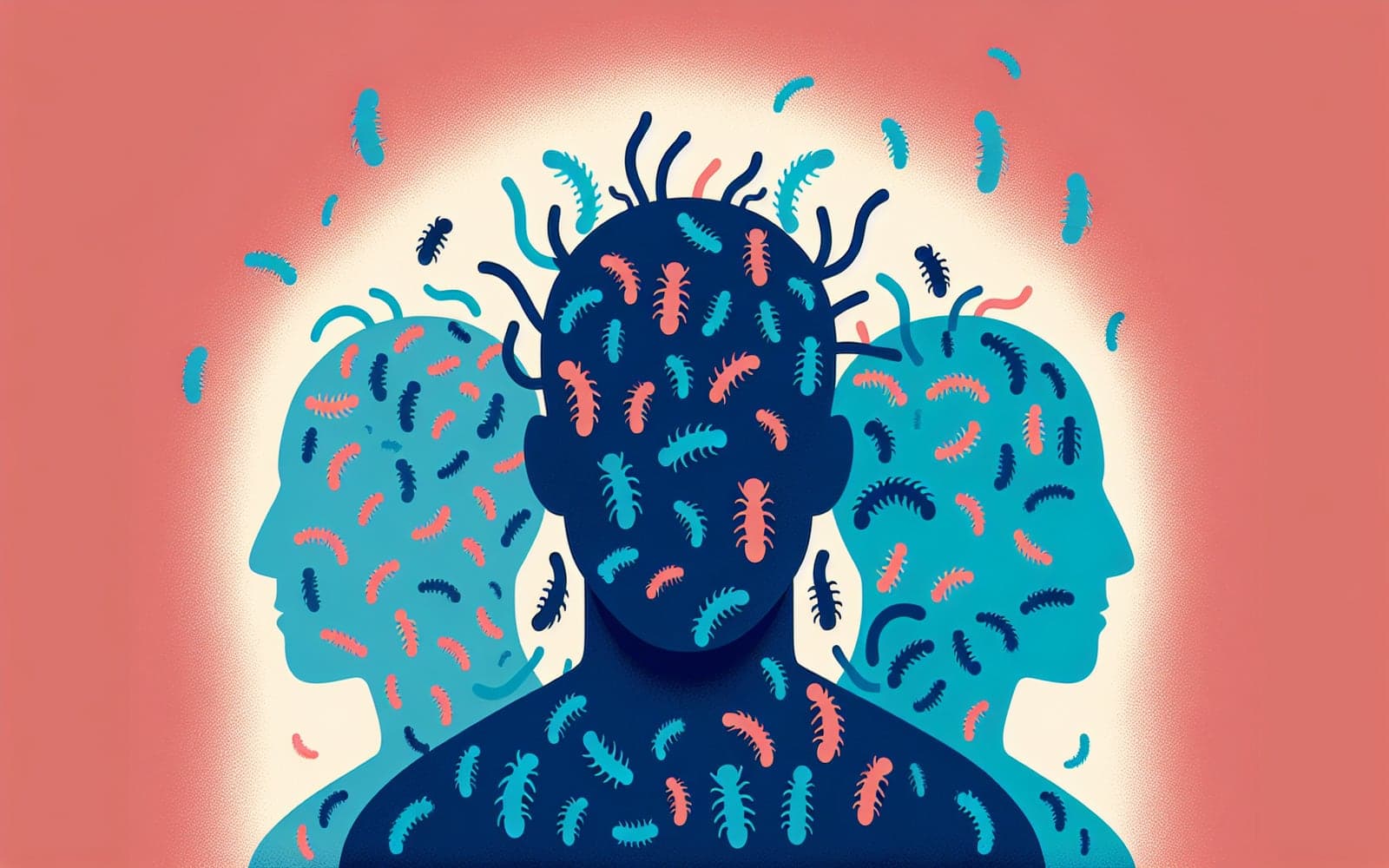Head Lice: The Tiny Pests That Cause Big Problems
Published: Jan 05, 2024
Head lice are tiny insects that live on human scalps, causing itching and discomfort. These pesky parasites are a common problem, especially among children.
Contents
Spotting the Culprits
Head lice are about the size of a sesame seed and can be hard to see. They lay eggs (nits) that stick to hair shafts. To check for lice, part the hair and look closely at the scalp, especially behind the ears and near the neck. You may see tiny grayish-white eggs or crawling insects. A special fine-toothed comb can help detect lice more easily than just looking.
Myths vs. Facts
Contrary to popular belief, having head lice doesn't mean you're dirty. Lice can infest anyone, regardless of cleanliness or social status. They don't jump or fly, but spread through direct head-to-head contact. Sharing hats, brushes, or towels can also spread lice, but this is less common. Lice can't live long away from a human scalp, so don't worry too much about carpets or furniture.

Treatment Options
There are several ways to treat head lice. Over-the-counter products containing permethrin or pyrethrin are common first choices. These work by killing the lice. Some prescription treatments are available for tough cases. Another option is 'wet combing,' which involves carefully combing out lice and nits with a special comb. Whatever method you choose, it's important to follow instructions carefully and often repeat the treatment after a week.
Frequently Asked Questions
No, lice crawl but can't jump or fly.
No, focus on treating people, not places.
No, human head lice only infest humans.
Usually not, but check your school's policy.
Key Takeaways
While head lice can be frustrating, they're manageable with proper treatment and prevention strategies.
Wondering if those itches might be lice? Chat with Doctronic, your AI doctor, for personalized advice and treatment options.Related Articles
References
Nolt D, Moore S, Yan AC, et al. Head Lice. Pediatrics 2022; 150.
Centers for Disease Control and Prevention. Head Lice: Prevention and Control. https://www.cdc.gov/parasites/lice/head/prevent.html
Always discuss health information with your healthcare provider.

